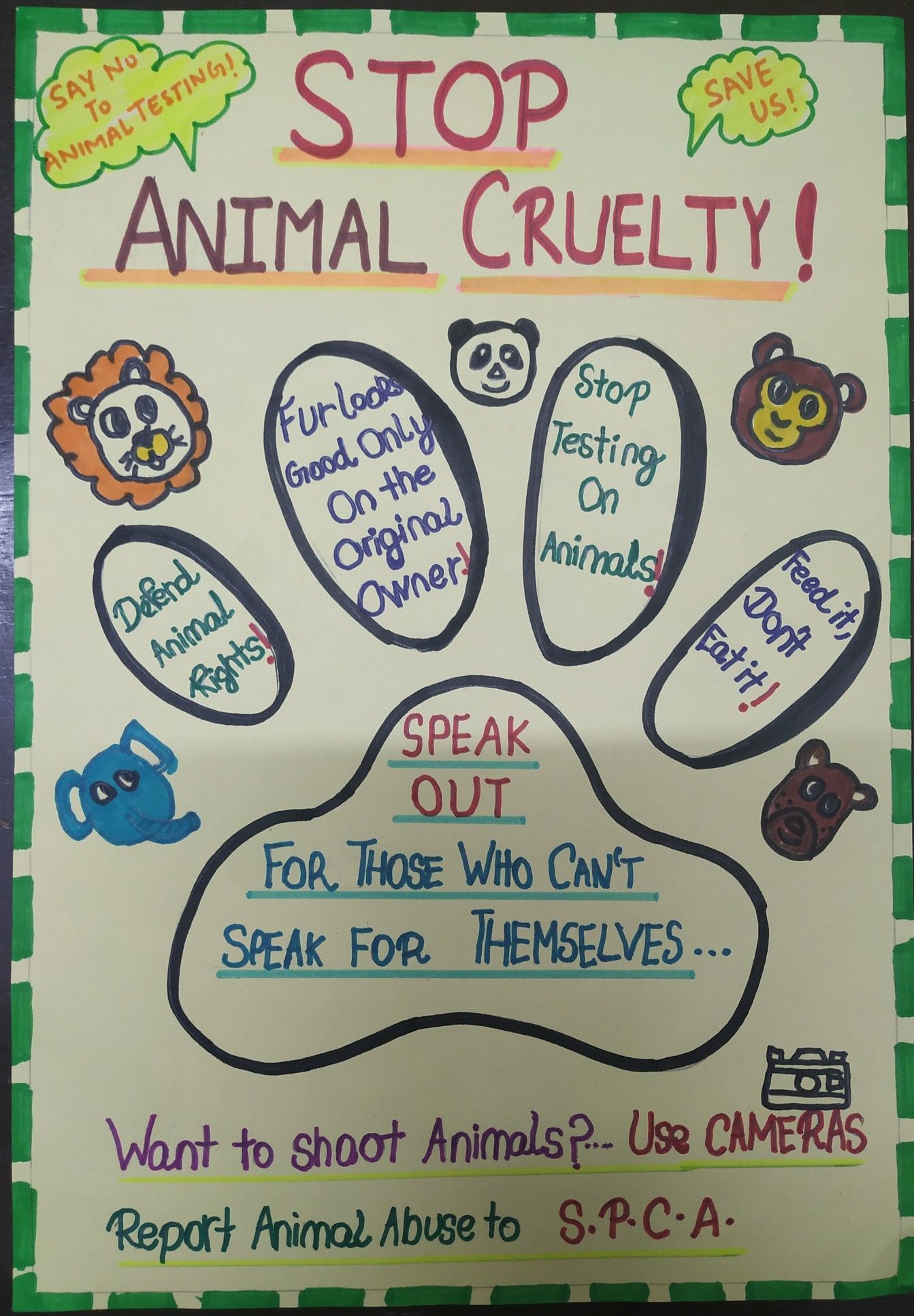Farm animals have long been at the center of discussions regarding ethical treatment and welfare standards. Among the myriad issues grappling the animal rights movement, the question of cruelty laws—particularly as they pertain to flies and farm animals—raises profound ethical dilemmas. The intersection between agricultural practices and animal welfare necessitates a comprehensive analysis, particularly regarding perceived sentience, the scope of legal protections, and societal attitudes toward different species.
Farm animals, including cattle, pigs, and chickens, occupy a distinct hierarchy in public consciousness. They epitomize a spectrum of relationships humans maintain with animals, ranging from companionship to commodification. In stark contrast, flies, while biologically classified as animals, typically inhabit an invisible realm in these discussions. This disparity invites scrutiny: why do we afford legal standing and ethical consideration to farm animals yet overlook insects, which may also experience suffering?
To comprehend the ethical implications of this inequality, one must first examine the perception of sentience in various species. Scientific studies have increasingly indicated that numerous invertebrates, including certain species of flies, possess rudimentary forms of consciousness. For instance, research demonstrates that mating and feeding behaviors in fruit flies exhibit responses to pain stimuli, indicating a level of awareness. These findings challenge entrenched notions of sentience and provoke crucial questions regarding the moral weight attributed to different species.
Yet, as the discourse around flies and cruelty laws progresses, it becomes evident that societal attitudes greatly influence legal frameworks. In the United States, animal cruelty statutes primarily target vertebrates. The Animal Welfare Act (AWA), for instance, provides a modicum of protection for mammals, birds, and certain reptiles but conspicuously excludes insects. Consequently, while an individual may face legal consequences for maltreatment of a cow or a dog, inflicting harm on a fly typically invites no repercussions, regardless of the method employed.
This legal incongruence raises an essential question: What criteria delineate the boundaries of cruelty laws? One conceivable perspective hinges on the capacity for suffering, a metric often equated with neurological complexity and behavioral expressions. However, this criterion falters under scrutiny, particularly as it pertains to flies. The argument that flies—evidently simpler organisms—lack the capability to suffer as profoundly as a cow places anthropocentric reasoning at its core, potentially dismissing observable signs of pain and distress in insects.
Moreover, the agricultural environment further complicates discussions of cruelty. Industrial farming operations often prioritize efficiency and profitability over the humane treatment of animals, creating analyses that blend economic decisions with ethical concerns. Within this framework, animals endure overcrowded living conditions, inadequate medical care, and inhumane slaughter practices. Such scenarios should compel advocates for animal rights to advocate for broader legal protections that transcend species boundaries, extending ethical considerations to include all sentient beings, no matter their taxonomic classification.
Consequently, a critical evaluation of the objectives of cruelty laws is necessary. Are these statutes merely a reflection of societal values, or do they aspire to embody a more universal ethical obligation to protect all animals? If the latter, expanding definitions and protections could spur necessary changes in farming practices and consumer behavior. However, achieving this balance requires a nuanced approach that melds compassion with practicality, ensuring that the voices of marginalized species do not remain silent in the cacophony of livestock advocacy.
Advancements in alternative agriculture methods may offer glimpses of hope. Practices such as regenerative farming and sustainable livestock management advocate for ethical treatment while aiming for ecological balance. These systems stand as palpable testimony to the feasibility of harmonizing agricultural practices with humane treatment. Flies, often seen as nuisances, can also be integrated into these discussions; for instance, insect farming for protein sources can mitigate environmental impacts, albeit raising debates about the treatment of these organisms during growth cycles.
Additionally, educational campaigns can play an instrumental role in shifting public perception. Raising awareness regarding species diversity—including the importance of flies in ecological systems—may enhance empathy and foster more comprehensive discussions about cruelty laws. People possess the ability to change their behavior based on newly acquired knowledge; thus, understanding the interconnectedness of all animals can transform how society delineates cruelty.
It is critical to acknowledge the anthropogenic influences on attitudes towards different species and refine how society collectively defines cruelty. Legislative reforms must be informed by current scientific knowledge and respond to the ethical implications associated with industrial practices. As discussions surrounding agricultural ethics evolve, allowing flies and other ostensibly lesser-known species to occupy spaces in these dialogues becomes imperative.
Ultimately, the future of cruelty laws must encompass a wider lens. By challenging the boundaries that differentiate farm animals from flies, legislative frameworks can evolve, reflecting a society committed to compassion and justice for all beings. The conversation surrounding cruelty is not merely an academic exercise; it is a clarion call for individuals and institutions to re-evaluate their positions and advocate for a more inclusive approach to animal welfare. The line must be drawn not by arbitrary distinctions but rather by a shared recognition of the intrinsic value of every sentient being.






